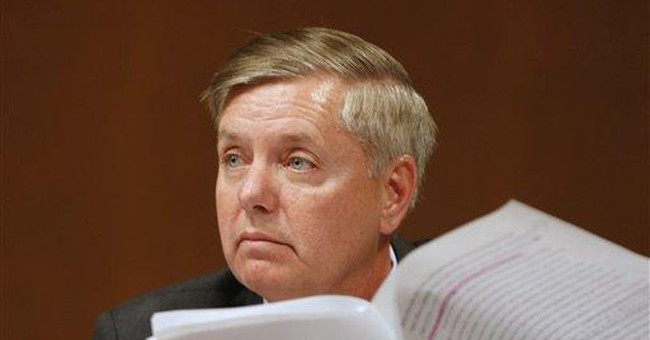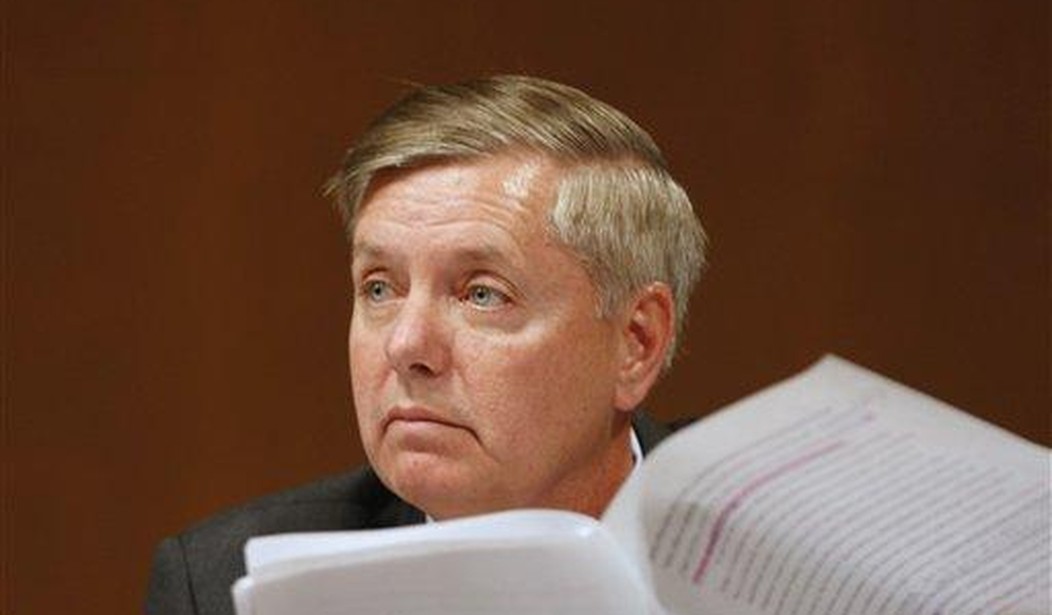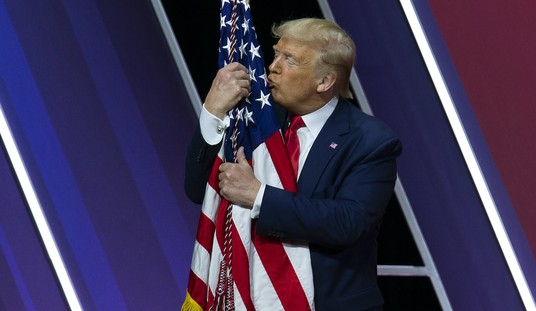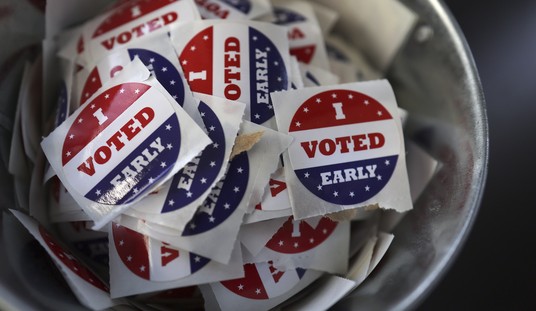
A stunning FBI document was released by the Senate Judiciary Committee earlier today.
The document is titled “SSCI Briefing on Former Employee of Christopher Steele”, and subtitled “Draft Talking Points As Of 14 February 2018.”
A general characterization of the content of the document would be that it lays out ways to address the issue of the FBI’s knowledge of Steele’s “Primary Subsource”, now known to have been Igor Danchenko. A 57 page “electronic communication” detailing the late January 2017 interview of Danchenko, lasting over a period of 3 days, has previously been declassified and released by the Senate. I wrote about the contents of the EC here.
That “EC” revealed that Danchenko’s “network” of sources for the information he delivered to Steele was nothing more than childhood friends and drinking buddies, none of whom were in positions in Russia that brought them into the orbit of Russian intelligence services, or had access to any insider information from the Putin government as was portrayed in Steele’s memos.
The newly released FBI document, which is captioned as a “Draft” addresses how the information known by the FBI about Danchencko should be communicated to the Senate Select Committee on Intelligence. Those details are important, and I will get to them in a moment. But what is most important to understand here is the calendar.
February 2018 is one year after the FBI learned of the dubious sourcing behind Danchenko’s most explosive claims.
February 2018 is seven months after Christopher Wray was confirmed to replace Jim Comey as FBI Director.
February 2018 was nine months after Robert Mueller was appointed as Special Counsel by Rod Rosenstein.
February 2018 was one month after William Barr was confirmed as Attorney General replacing Jeff Sessions.
Author’s Note: A reader pointed out the error here in my timeline, and he is correct. Sessions remained as AG past the 2018 midterms, and it was January 2019 when Barr was confirmed as AG. I’ve adjusted the text below to reflect that fact.
February 2018 was ONE MONTH BEFORE Andy McCabe was fired from the FBI, and two weeks after he was placed on leave pending retirement in late March 2018.
What cannot be overlooked here is that AG Barr pledged to the Senate Judiciary Committee during his confirmation hearing that he would not take any steps to impede the investigation that was in the hands of Robert Mueller.
With the GOP and public still investing quite a lot of faith in Mueller’s history with DOJ and the FBI, the degree to which the SCO had been populated with anti-Trump partisans was not yet apparent. But this newly released Memo can be seen as taking license with that fact — presenting information to the Senate Intelligence Committee claiming that Danchenko “validated” the claims in Steele’s memos, thereby justifying the continued pursuit by the SCO of the Russia-hoax investigation. AG Barr had promised to not interfere, and now the Senate Intelligence Committee was lied to in order to keep them from looking behind the curtains at what the SCO was doing.
Everything in this memo would have been vetted by the SCO. Everything in this memo was part of “Crossfire Hurricane”, and when Rosenstein appointed Mueller he assigned to the SCO the entirely of the investigation that Comey had referred to during his testimony before Congress in late March 2017 — including everything in the Steele memos. These subjects were now under the control and supervision of the SCO, and on these issues the FBI was working for the SCO.
To the extent this memo misled the Senate, that was Robert Mueller’s SCO misleading the Senate — plain and simple.
So, what does the “memo” say in terms of how the FBI would inform the Senate Intelligence Committee about Steele’s memos, and Danchenko’s interviews about the contents of those memos?
We have successfully protected from public disclosure the overwhelming majority of the individuals who contributed source reporting to the Steele Dossier. We continue to prioritize efforts to protect the identities of these individuals based upon legitimate concerns about their safety.
This is almost certainly not true. Danchenko gave the FBI the names of his sub-sources in Russia when he was interviewed. By this time the FBI was certainly aware of the fact that none had provided any actual legitimate or meaningful information about Russian intelligence activities or connections between Trump, the Trump Campaign, and anyone in Russia or the Russian Government. To tell the SSCI that the FBI prioritized protecting their identities out of concern for their safety was to imbue them with a “significance” that the FBI knew was untrue in February 2018, lending credibility to Steele’s allegations by implication.
Specifically, with regard to the January 2017 interview of Danchenko, the FBI Draft memo stated the following — some portions are redacted:
While we believed that at times Danchenko sought to minimize his connections to [Redacted], his disclosures regarding his relationship with [Redacted] were generally consistent with [Redacted].
This is a reference to Danchenko’s discussions about his connections to the Russian government and Russian intelligence agencies. Even though Danchenko denied any connection, other than he at one time considered working in the Russian diplomatic service, the FBI told the Senate that they thought Danchenko was minimizing his connections — in other words, he did have knowledge and involvement with Russian intelligence services.
The memo goes on at this point to go through several of the subjects that were covered in the 57-page EC.
With regard to the story about prostitutes in the Ritz Carlton Hotel in Moscow, the memo states the following as having come from Danchenko:
Danchenko initially received the information about Trump’s alleged sexual activities from a [Redacted] with a wide social circle. This individual told Danchenko that it was a “well known story” and recommended Danchenko corroborate the story through hotel employees. Danchenko claimed that none of the employees with whom he spoke denied the story. Danchenko gave Steele the names of the staffers with whom he spoke, and reported the story to Steele as unconfirmed rumor and speculation.
This is, at least, a fair description of what Danchenko reported. But the fact that the sourcing on this most explosive allegation in the Steele memos was so patently absurd — “no employees … denied the story” — is the kind of fact that undermines ALL the reporting from Danchenko filtered through Steele.
But the most outrageous parts of the memo comes at the end when the FBI offers its assessment of Danchenko and the impact of his interview on the allegations of the memos — which by this time have been used 4 times to secure FISA warrants on Carter Page.
How have discussions with Danchenko affected the FBl’s understanding of or confidence in the Steele dossier? At MINIMUM, our discussions with Danchenko confirm that the dossier was not fabricated by Steele. Our discussions with Danchenko confirmed that he operates within high level academic and government circles, maintains trusted relationships with individuals who are capable of reporting on the material he collected for Steele, and that Steele and utilized reasonably sound intelligence tradecraft.
Coming a year after Danchenko had been interviewed, and after none of the most meaningfully claims made in the Steele memos based on Danchenko’s reporting had been verified or independently corroborated, to tell the Senate that the FBI had confidence in Danchenko’s information, that his sources had access to the type of information he was attributing to them, and that his work constituted reasonably sound tradecraft is duplicitous and dishonest beyond comprehension.
The only possible purpose for taking this clearly unjustified view at this point in time was to keep the Senate Intelligence Committee in neutral and on the sideline and to use the Senate Intelligence Committee members as a “shield” to ward off pursuit by AG Barr of inquiries that could have exposed the fraud.
Why? Because by this point in time the SCO knew the Russia allegations were baseless — and they had now turned their effort into an inquiry into “obstruction.” But they needed to maintain the “cover” of a continuing investigation of Russia connections, and the best way to do that was to take the information that was already made public with the publication of the Steele Memos and advise the Senate Intelligence Committee that the sourcing behind the claims in those memos was valid even if the specific claims themselves had been difficult to confirm.
What we don’t know at this point is who was behind this memo, and this effort to blatantly mislead the Senate Committee. The potential class of actors involved cannot be that big. This is why the silence of certain former FBI officials is so intriguing. Someone has talked about how this memo came to be, and who was behind the formulation.
Hopefully, that question will be answered by Durham soon.















Join the conversation as a VIP Member